Finn-Lily Heartwood (they/them) is a creative producer at A Thinking Ape.
What is inclusive content? It’s not as complex as we thought when we began to approach it in our live ops production. It is simply having characters that reflect the diversity of the real world in your game content, and ensuring it is positive, authentic and unbiased.
We’ve spent the last couple of years exploring the impacts and developing our process for creating effective inclusive content. In this time, we’ve found it to be critical for our games; for immersion, as a social responsibility, and for effective reach with our audiences.
When creating a game with people in it, representation occurs by default. But without talking about who you’re representing and how it is done without intention or choice. We would argue that without this key creative choice in hand, your product is missing out on opportunities to stand out in a highly saturated gaming market.
For example: If you only ever have characters that are diverse on the sidelines, e.g. straight cis white abled men are always the heroes, and everyone else are NPCs or enemies, you’re are unintentionally propagating harmful stereotypes through your work; namely that people who are diverse are an ’other’, and are not heroes, protagonists or ‘the good guys’. That’s not a very welcoming feeling for a majority of players.
This has also been done, countless times since the beginning of the game industry. It’s become the default, and as we’ll show below, challenging that default is an advantage.
Throughout this article, we’ll share insights into the impact we see from our own creative choices, how we facilitate these conversations throughout our production pipeline, and how we make sure we’re doing this all to the best possible effect.

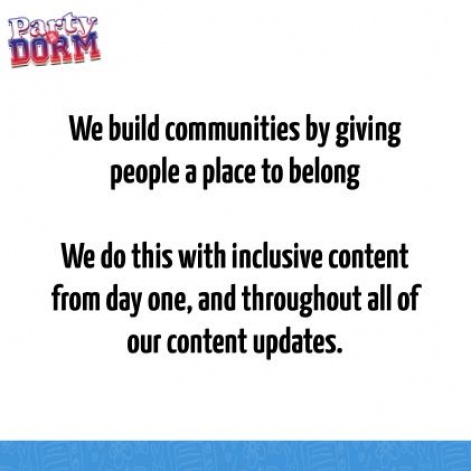
The game
We’re working within the framework of a live ops content production pipeline for our mobile game, Party In My Dorm - a college roleplay game.
We release content at a high volume and frequency, and every bit of it is exciting, unique and novel. This can be difficult to manage in terms of consistent ideation, but it offers us the ability to experiment and take risks. We get real-time feedback from our audience and metrics, which allows us to build a bank of knowledge and insights.
A great take-away is that live ops offer a unique opportunity to iterate and refine learnings through experimentation. And that’s enabled us to create a solid process for incorporating inclusive content and doing it to great effect.
The terminology
Before we can dive into the performance stats and process, let’s define some scoping terminology we use.
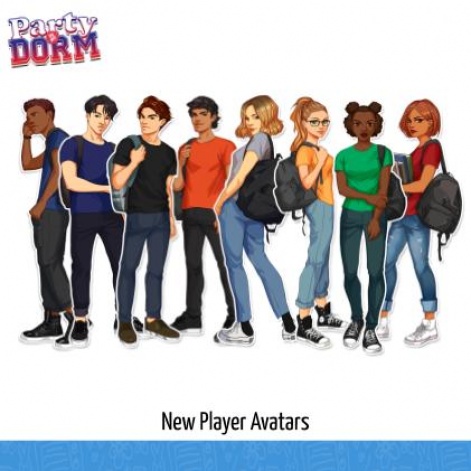
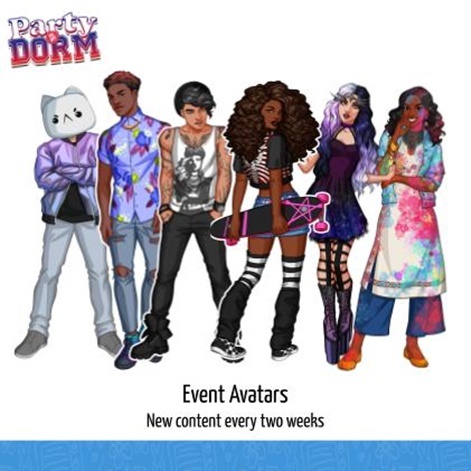
Incidental Inclusion - consciously made creative choices to be more diverse in the people we represent, but that is not the main focus.
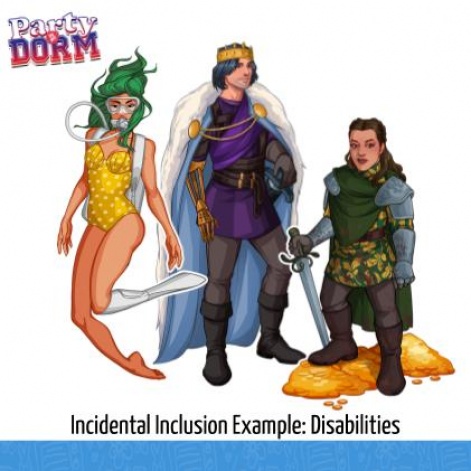
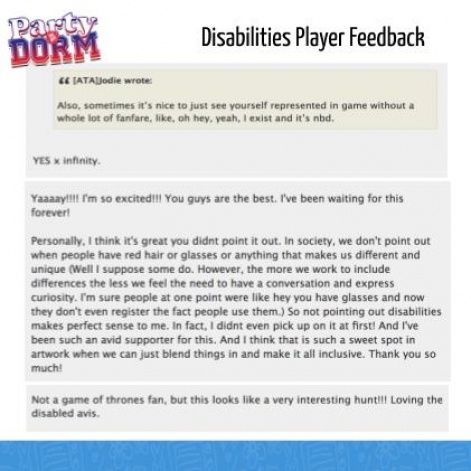
Focused Inclusion - content created specifically to celebrate or spotlight an experience, identity or cultural event. We’ll cover several examples in the next section.
The performance stats
Here are some key case studies on inclusive content that have performed well in PIMD and how we approached them.
The power of consulting: Black History Month
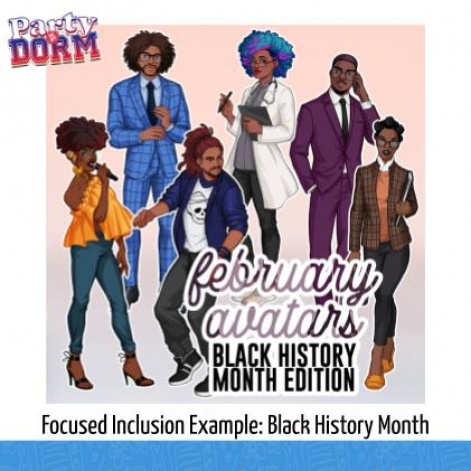
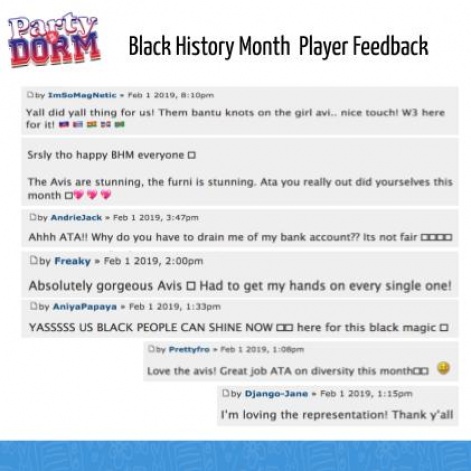
The challenge
How do we create representative content when no one on our team can speak to the specific experience?
Our approach
Sometimes we may have to look externally to really understand the people we want to represent and ensure we’re portraying their experiences well.
We knew we wanted to do something extra great for Black History Month, but we didn’t really know where to start. We tried a high-level take, famous Black fashion icons from history, and emphasised the core message and intention of this content: this is for our Black players to be in the spotlight, in a positive and empowering way.
When we walked our consultant through the game and our idea, we quickly learned that we were being to unrelatable and ended up going for something more down to earth but still aspirational, to celebrate Blackness as a whole.
Our consultant gave us valuable insights and a take we wouldn’t have thought of. Due to consulting early in pre-production we were able to quickly pivot to something more effective than our best guess.
Learnings
Engaging with consultants early on in your ideation process is a cost-efficient way of guiding your creative choices and informing your team on the specific group's experiences.
If we had consulted in production it would have been a wasted effort and far more costly to implement. Listening, early in the process, and checking back in, is what makes identity consulting incredibly effective. We also learned that consulting isn’t as expensive or complicated as we had expected. It was a smooth experience with a great return on investment.
We were also considering doing something for Juneteenth, but after working with the same consultant, we quickly learned that wouldn’t be appropriate for a party focused game to do. Consulting saved us a lot of time and effort and let us focus on higher impact areas.
Results
This was our best-received content to date and experienced above-average content performance.
Being specific is okay: Trans focused content
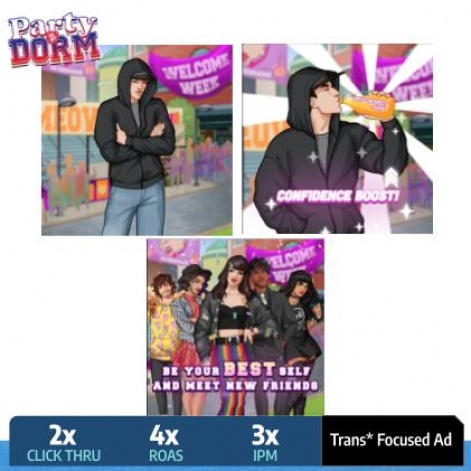
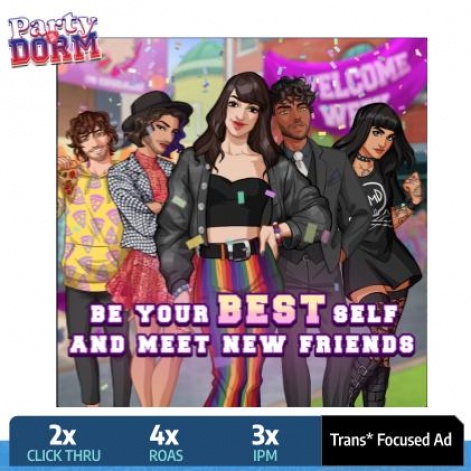
The challenge
How do we authentically represent a very specific audience?
Our approach
In order to ensure we were authentically representing the trans community, we consulted with two colleagues in ATA that are trans*: a trans woman and a genderfluid nonbinary person. They were a part of the ideation from day-one of preproduction and helped shape an idea that started as harmful stereotypes into something authentic and relatable.
Learnings
Having an office that cultivates and supports diversity means that you have people with different experiences to help guide your production. We landed on an ad that referenced a popular meme in the trans* community, which those outside of the community may not have been aware of.
Results
Authentic use of memes, terminology, and references specific to that audience’s experiences resulted in a plus 200 per cent CTR versus our baseline ad content.
We debunked the idea that being too specific in audience targeting means content won’t perform well. Our audiences, even if they aren’t 100 per cent trans themselves, appreciate seeing this content and support us for doing it.
Doubling down on inclusion: Pride Month

The challenge
What happens if we push our content even more specific? If we focused on the most marginalised and least represented identities will the reach be too limited?
Our approach
We wanted to make sure our Pride event was representing identities that may never get to see themselves in-game. We knew the reach could be limited, but we wanted to show our commitment to inclusion and support our queer community members. We also suspected that because the trans* focused ad did so well, we could push our UA experiment even further.
Learnings
Even if the audience for a specific piece of content is small, others will recognise and appreciate the effort you have put into representing and supporting these groups.
Having content that looks great and is well executed is important, but being specific seemed to make it even more effective. Our players demand inclusivity, and even very targeted inclusion still performs well, both in our existing audience and with new players coming in through our UA campaigns.
Results
This event produced our best-selling avatar and our best-performing ad of all time, an intersex avatar, possibly a first in gaming. The top ad beat our previous best performing ad by 82 per cent for IPM and two out of three of our top-performing ads at the time were LBGTQ+ focused.
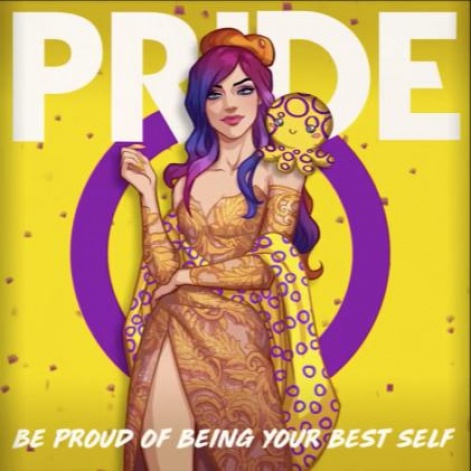
The process
We're definitely not experts in creating inclusive content, but through running the campaigns above, and iterating on our process, we've come to understand some key components to set your team up for success.
Culture: Diverse team building
Our core values at ATA are Ownership, Growth, Have Wonderful Arguments and Best Ideas Win.
Ownership, specifically, is paramount to inclusive content creation. Giving our live ops team the ability to make calls, test their assumptions and experiment, allows us to continue to generate high performing content. But Having Wonderful Arguments and focusing on the Best Ideas Win makes it possible to have hard conversations and dive into our own biases.
Our content team on PIMD is diverse in itself, which has been the cornerstone for our inclusive content initiative. It started with a woman of colour speaking up and asking why our avatars were white a majority of the time. Because of our cultural values we were able to talk about it, learn, grow, and incorporate inclusion as a pillar in the PIMD content process.
We’ve continued to refine our process over the years and here are the key things we’ve found to have the biggest impact.
Core pillars: What’s important
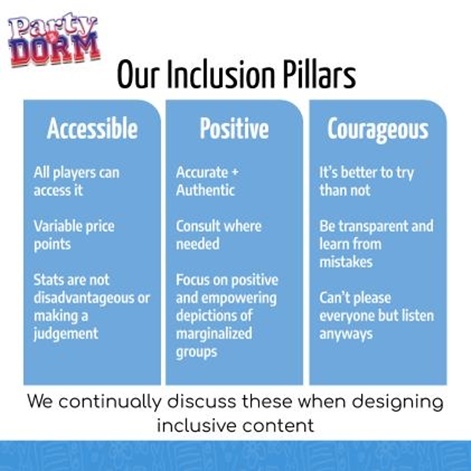
To successfully do inclusive content well, you essentially need to be a good ally. These are the things we’ve found that enable the best conversations and ideas to flow when working with consultants of marginalised groups:
- Embrace not being the expert.
- Humbly have hard conversations with compassion, seeking to understand.
- Amplify the voices of marginalised groups.
- Don’t let fear of getting it wrong stop you from trying.
- Put your own ego aside and try to be aware of your own privilege.
With the above in mind, the only other missing piece is when to consult.
Consulting: Timing is key
As we highlighted in the Black History Month example, consulting is a crucial part of doing inclusive content well.
If we don’t have anyone on the team who can speak to an identity or experience, we consult with people that do. We include consultants as early as possible, ideally right after the initial theme or idea is planned out, and we amplifying their voices especially during key art reviews and signoffs.
Often a quick Google search about an identity or group gives you the keywords you need to search for a consultant. Some useful search terms include: ‘sensitivity reader’, ‘consultant’, ‘inclusion consultant’ etcetera.
We also highly recommend working with other professional creatives as they already understand pipelines and pre-production.
For example, our avatar with dwarfism. We first searched about dwarfism, little people and several blog posts written by people in that group speaking about media representation of themselves.
This led us to find a disability inclusion consultant from the film who could speak to the experience of being a little person and what to do or not do with that avatar’s representation. It also gave us a basis for respectful conversation and the correct terminology to use when reaching out.
Conclusion
- Talking about how you are representing different groups is important. Not having these discussions leaves things to chance, unconscious bias and ignores important creative decisions.
- Inclusive content, even very specific minority content, is very good for business
- When you choose to do inclusive content, be clear on who you’re trying to represent, what your message about the group is, and then consult with someone that lives this experience daily. Consult them in preproduction, and actually incorporate their feedback.
- Don’t let fear or ego get in the way of trying to be more inclusive.
In short, making conscious choices about how you are handling representation is important, and has an impact on your product’s performance. We believe that it is our duty as content creators for a global audience, to consciously choose to be inclusive with our creative choices.
Whether it’s making a setting feel grounded in reality, or having content resonate with a wider global audience, inclusive content is an advantage, and today’s players respond to it.





















